Origin Type
Bijar (Tekab,Afshar, Zanjan): This small town consisting of approximately 50000 inhabitants has in the last century built a reputation as the most durable rug built on the planet and for this reason they are referred to as “the iron rugs of Persia!” At the turn of the Century this small town consisting mainly of kurds started to become the weaving center of many variations of Safavid inspired designs including the “Mina khani” and “Herati” and integration of rose spandrels sometimes referred to as “Gol-e-halvai” These handmade rugs are renowned for their heavy and tight weave, excellent construction and excellent wool quality.
The tightness of the Bijar’s are due to the use of an extra weft by the local weavers which are are wet and pounded down for extra firmness and compaction creating a surface in which the the pile does not lay down, creating a soft cushiony feel to the surface which cannot be compared to other rugs. Antique and older bijar’s have much more coarser feel(usually 150.000-300.000knots/m2) and are not as fine as there modern counterparts which can have a knot count of 500.000-1.000.000 knots/m2. The finest and most expensive types of bijar’s are the Bukan/Tekab which are produced by the best weavers and uttlize highest quality materials.
Two particularly unique and prized older Bijar designs are “Garrus” and “Guli Farang.” The Garrus designs usually utilize a navy indigo blue field with a unique all-over pattern of split-arabesques and blossoming vinery in the field. Bijar rugs are woven by both man and women and some are referred to as “mardbaft” meaning that they were hand-knotted by men!
Newer Bijar designs integrate precise herati motifs either spread out throughout the field of the rug or integrated with several diamond shaped central medallions. There are some rare pieces available with floral motifs outlined with fine silk. Bijar’s traditional colors are red, blue and creams. Bijars are becoming rare and it is foreseeable that they will become collectible items in the near future since antique bijars have consistently received very high bids at both Sotheby’s or Christies Auctions.

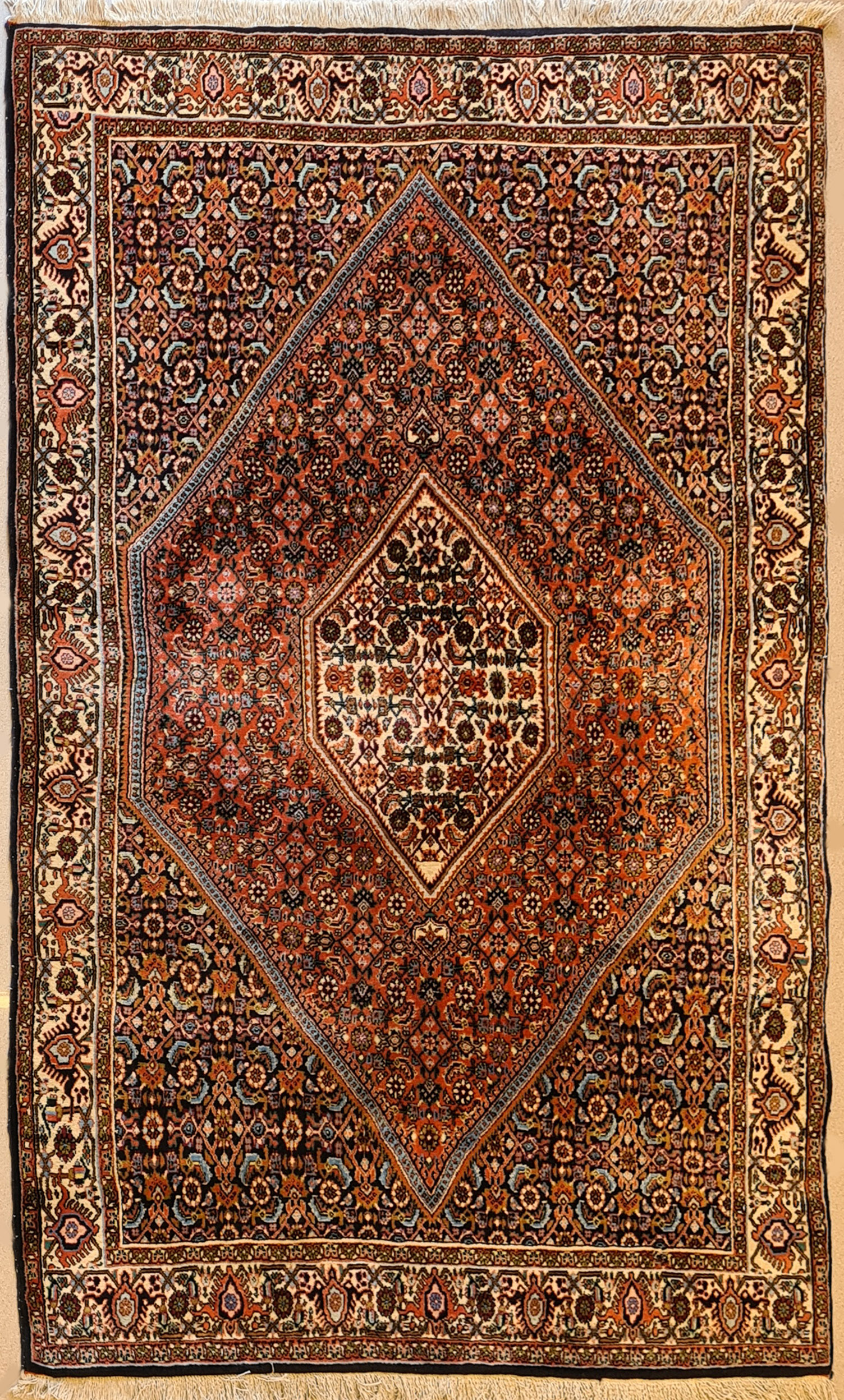

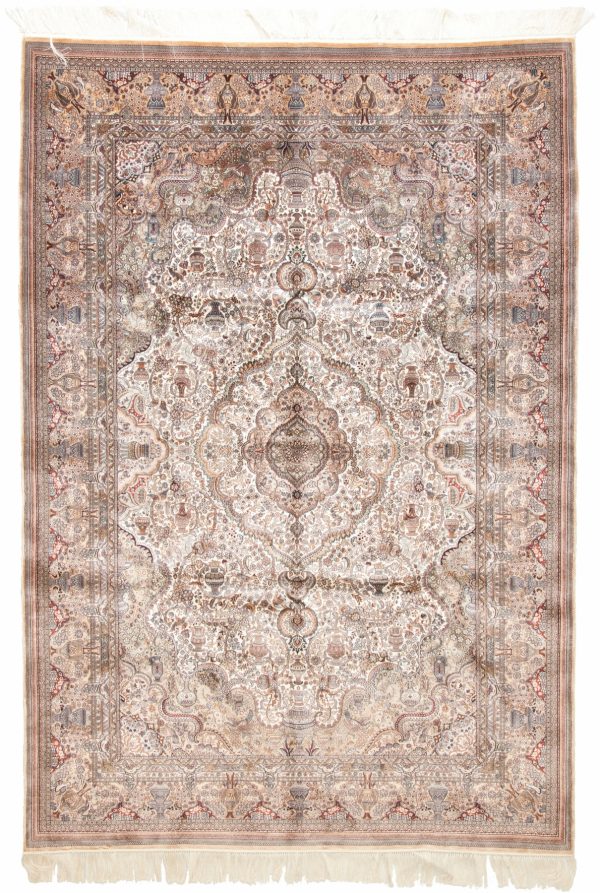
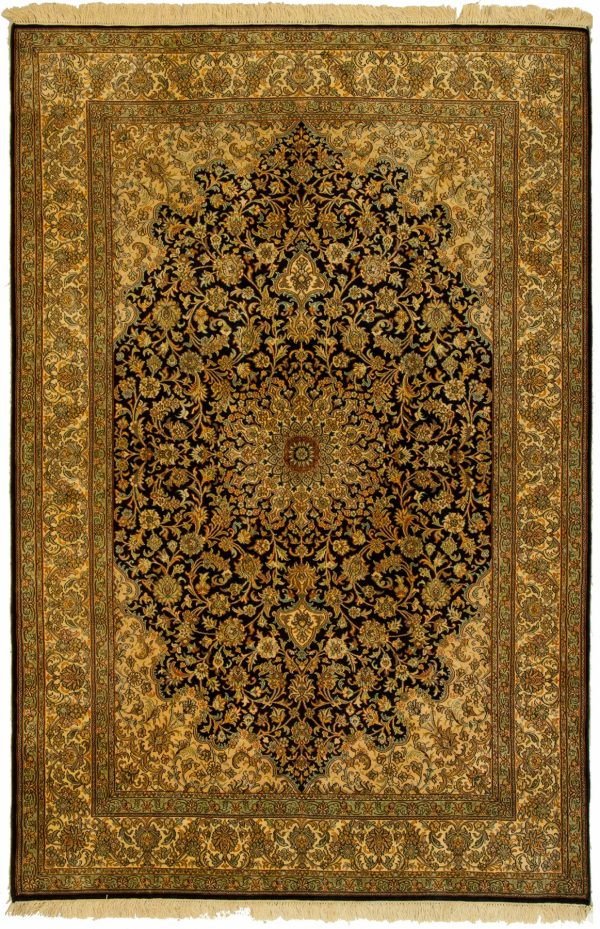
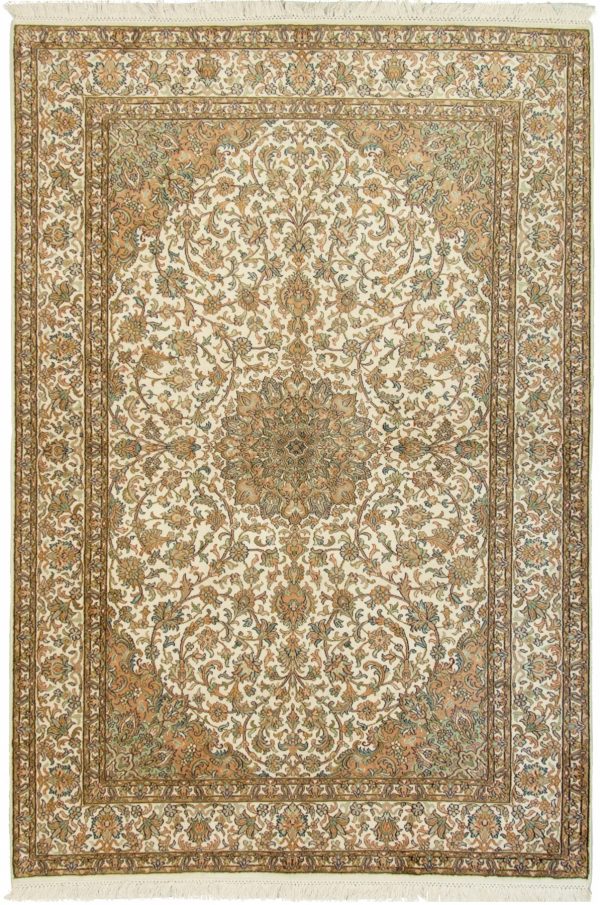
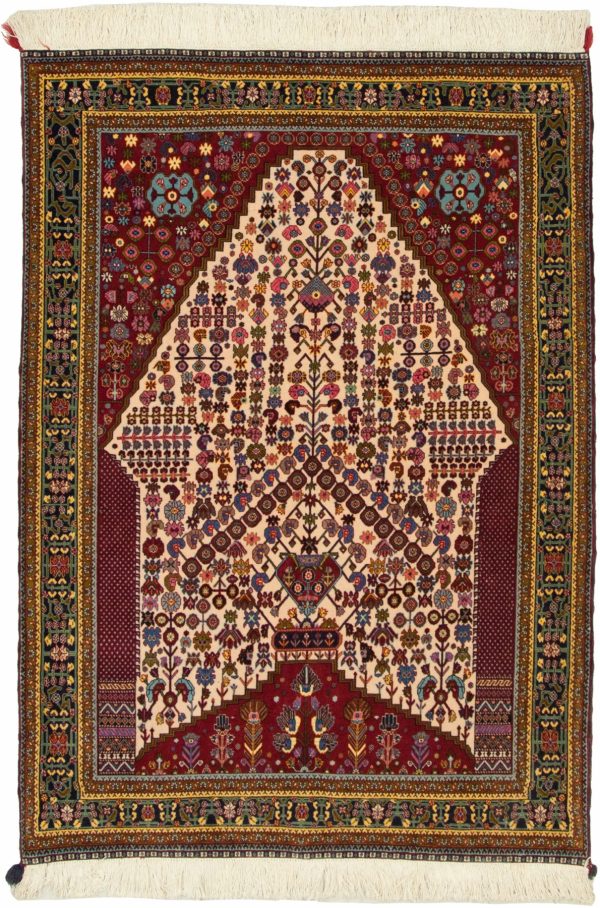
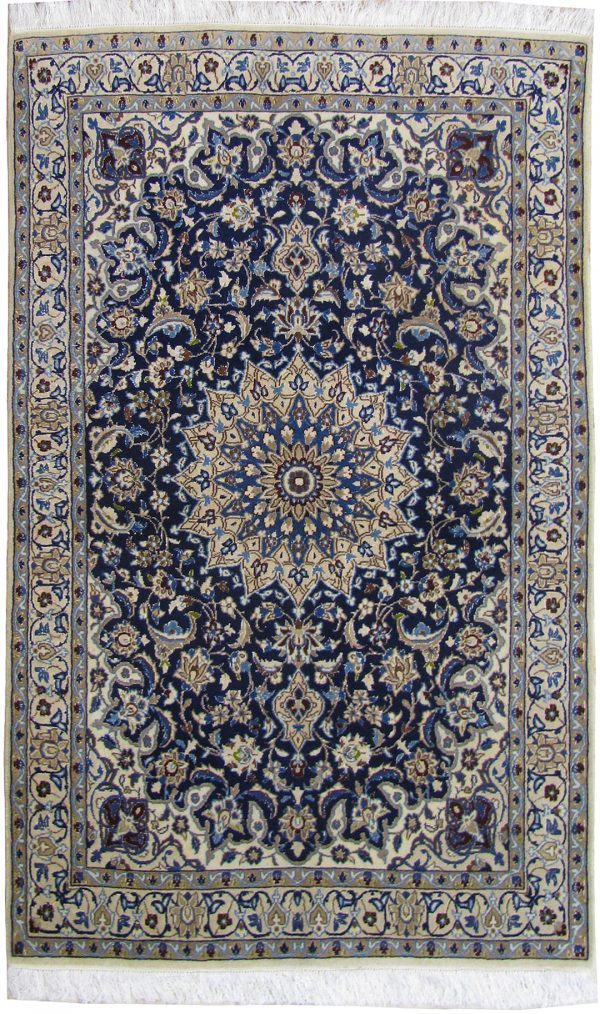
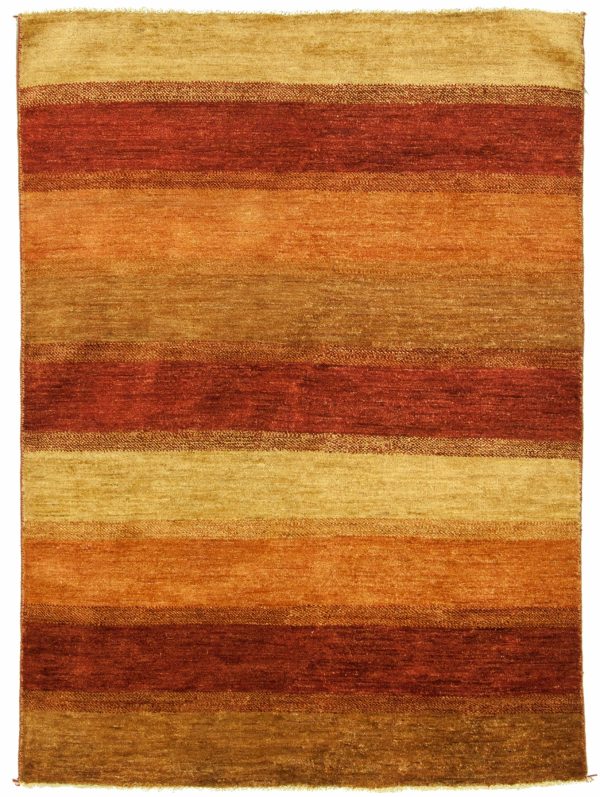
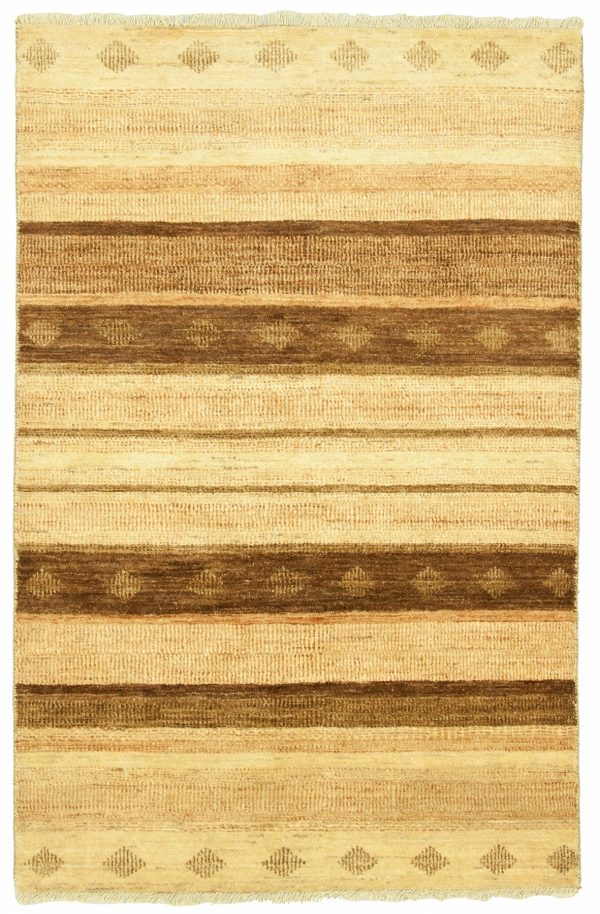
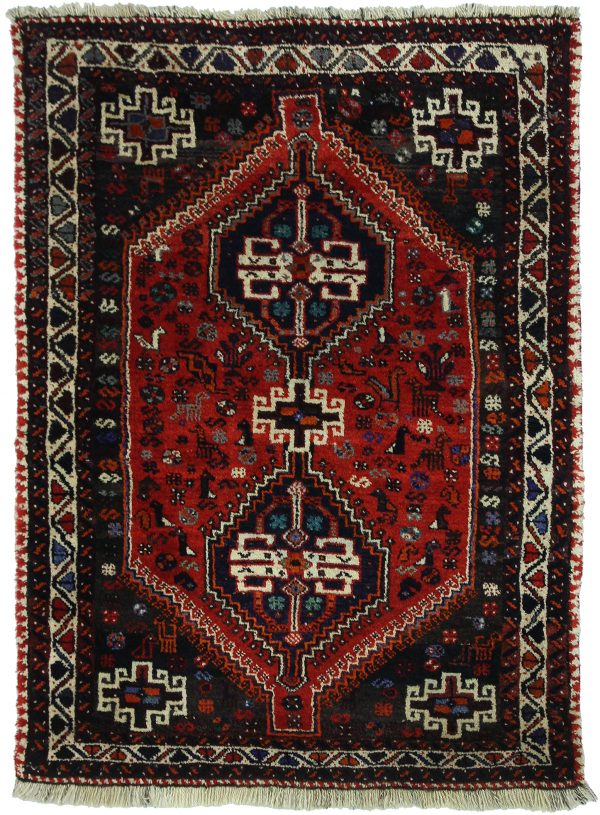
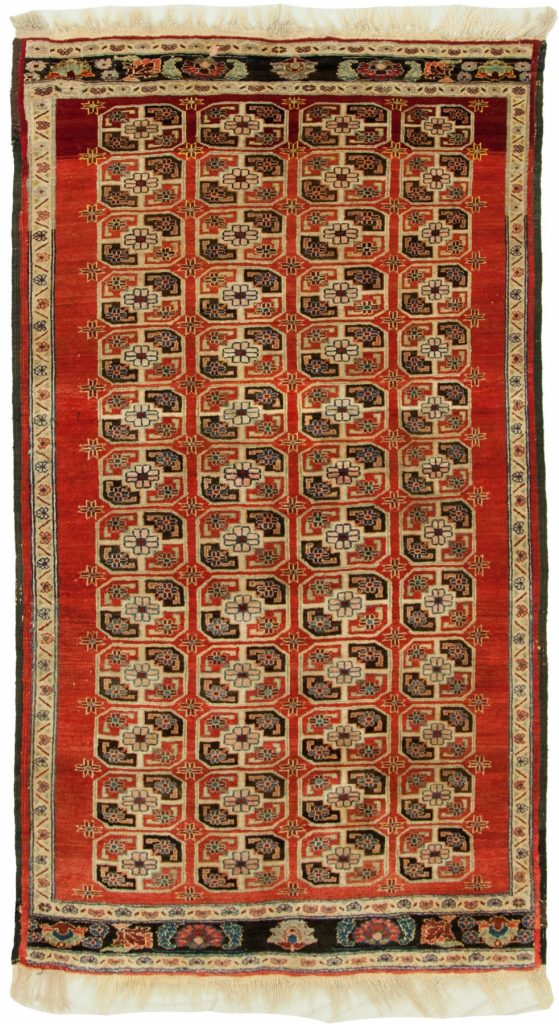
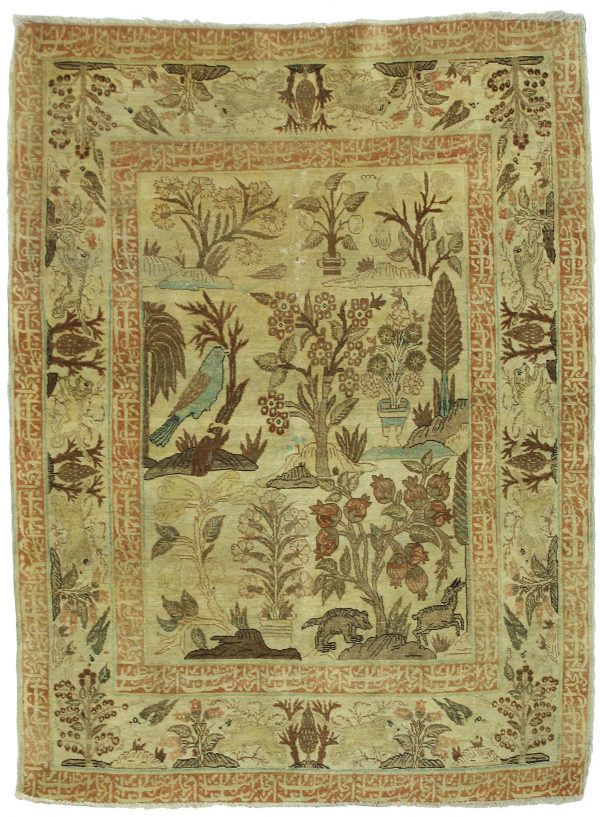
Reviews
There are no reviews yet.